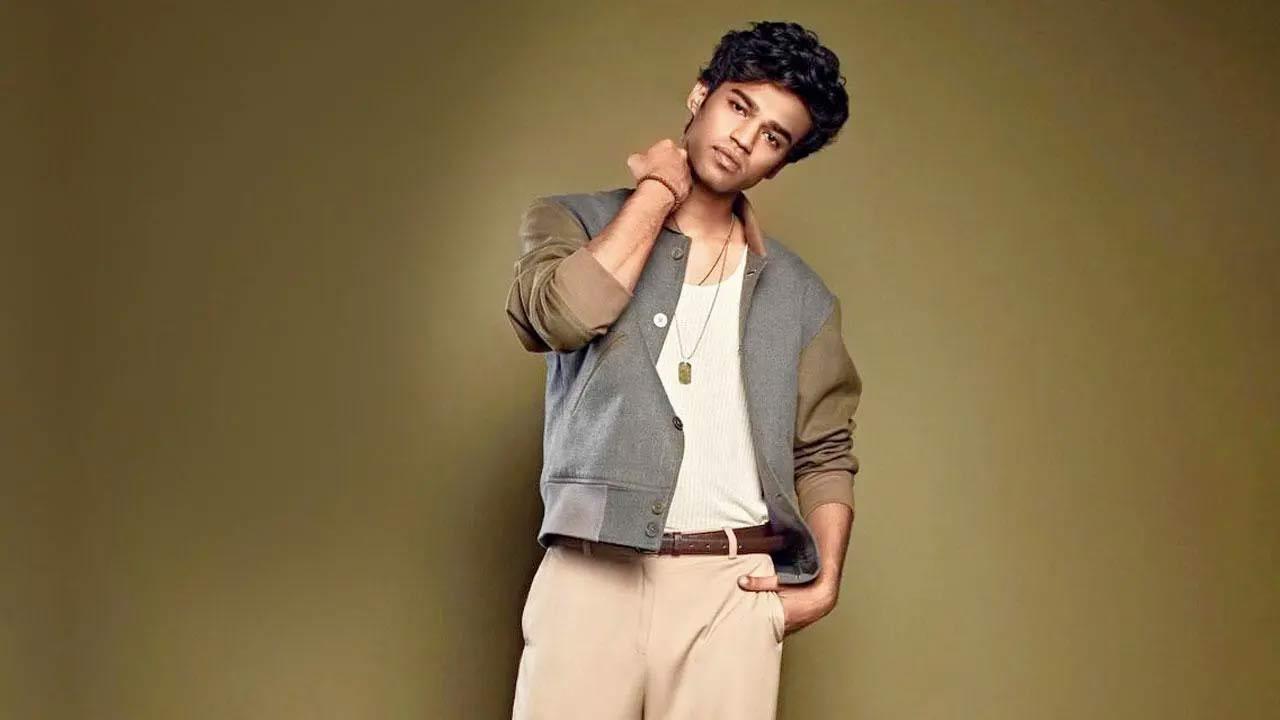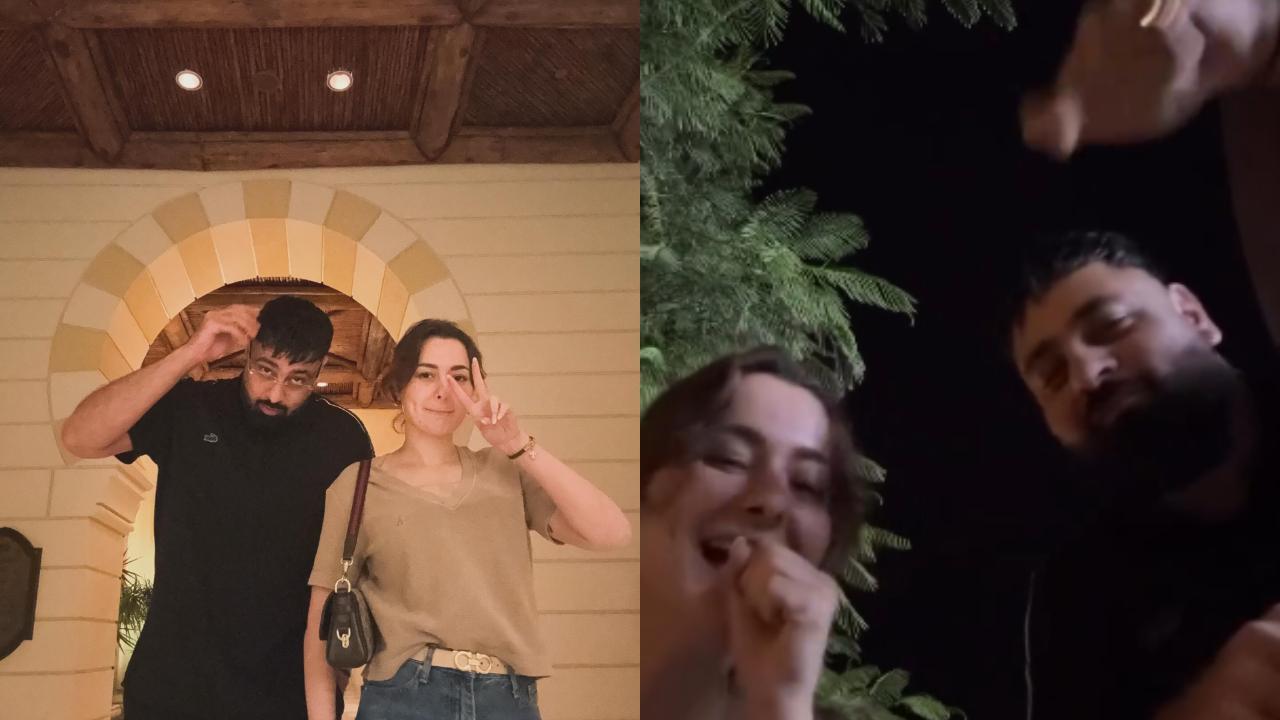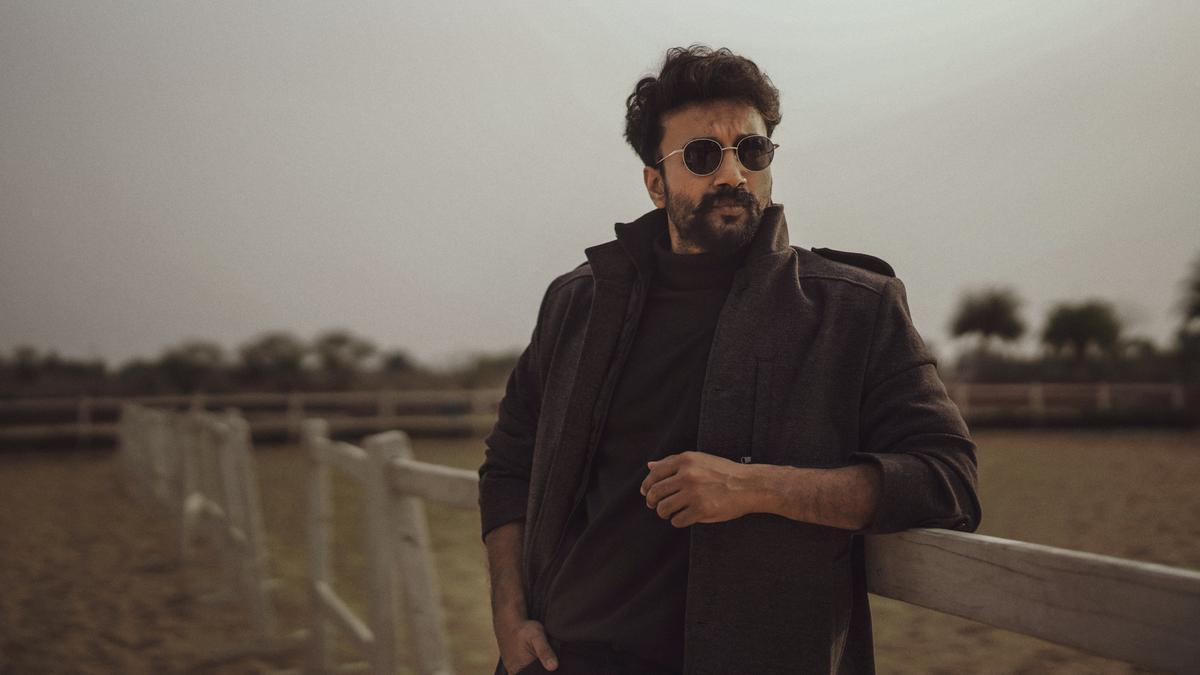
In a remarkable showcase of theatrical prowess and dedication, Margi Sajeev Narayana Chakyar brought the character of Ravana to life in an epic Koodiyattam performance. Sitting focused on his peetam (stool) for over three hours, Sajeev used only his eyes and facial expressions to depict the multitude of emotions experienced by Ravana as he beheld Sita’s beauty. His portrayal of Soorpanakha elicited deep sympathy for the demoness, underscoring his versatility as a seasoned actor capable of handling physically demanding and highly concentrated roles.
On June 2, a day-long event was organized to honor Margi Sajeev on his 60th birthday. Attended by the Koodiyattam community, the event was not only a celebration of Sajeev’s illustrious career but also served as a platform to address the pressing issues facing this ancient art form. A recurrent theme throughout the discussions was the struggle to attract new students, particularly boys, due to the declining patronage for Koodiyattam artists.
Sajeev, who has dedicated 45 years to Koodiyattam as an actor and guru, reflected on the challenges that have remained constant over the years. “I still remember the day we moved to Thiruvananthapuram from Moozhikkulam with my younger brother Madhu. It was shortly after my arangetram at the age of 14. The move was motivated by Margi starting Koodiyattam classes and my father being appointed as the teacher. We were excited about relocating to a big city, but like all Koodiyattam practitioners, we wondered if this art form could provide a sustainable livelihood.”
Sajeev reminisced with a chuckle about how he and his brother took up typewriting and shorthand as a backup plan, with tentative approval from their gurus. “Though I am happy to say today that we never had to fall back on it, the question of an uncertain future still lingers for Koodiyattam students. For instance, my daughter Anjana is currently pursuing her graduation alongside being a Koodiyattam artiste. It’s challenging to attract new students, with many dropping out midway or choosing other professions,” he observed.
Currently heading the Koodiyattam division at Margi Thiruvananthapuram, Sajeev was trained traditionally in the gurukula system by his father, Kochukuttan Chakyar, and his uncle, Ammannur Madhava Chakyar. Koodiyattam underwent substantial transformation during Sajeev’s formative years. The ritualistic art form, historically performed exclusively in temples, began transitioning to the public performance arena. What was once the exclusive domain of Chakyar families started being taught at institutions, notably after Kerala Kalamandalam, now a performing arts university, introduced Koodiyattam classes in 1965. This evolution ended the exclusive teaching of Koodiyattam within the Chakyar and Nambiar communities.
Reflecting on the seismic changes in the world of Koodiyattam, Sajeev noted significant transformations in teaching methods, performance styles, costumes, and content. During his training under Ammannur, the gurukula system was strictly followed.
. “There was no structured syllabus. We progressed to new stories or roles only when our gurus considered us capable. For example, we practiced Nithyakriya, a preliminary pure dance sequence, for three years.”
However, by the time Sajeev became an educator at Margi, the landscape had changed. “Students now need to balance academic commitments with Koodiyattam training. At Margi, we introduced weekend classes from 9 a.m. to 4 p.m., later shortening them to forenoon sessions. Koodiyattam took a back seat to formal education.”
Sajeev remains pragmatic, acknowledging that such changes are inevitable. “We must adapt to changing times without compromising the core values of Koodiyattam.”
While Sajeev praises the talent and dedication of many young Koodiyattam artists today, he underscores a critical lack of opportunities for them. “Most Koodiyattam programs are two- to three-hour events, and young artists typically have limited repertoires. Full-length performances are rare, with only a few venues offering such opportunities.”
Despite these challenges, Sajeev expressed contentment that Nepathya in Moozhikkulam offers complete performances, collaborating with scholars led by Professor David Shulman of Jerusalem University. “The Sangeet Natak Akademi has also been commendable, especially through its Koodiyattam Kendra in Thiruvananthapuram. We must preserve this unique legacy of Sanskrit theatre,” Sajeev emphasized.
The event served as a reminder of Margi Sajeev’s vital role in the preservation and evolution of Koodiyattam. Despite the uncertainties, his commitment to the art form remains unwavering, inspiring future generations to keep this ancient theatrical tradition alive.










